To understand neurofeedback, first we need to understand a little about the brain and brainwaves.
Your brain weighs about 2 pounds, yet it utilizes almost 50% of all of your body’s blood glucose. It utilizes all of this glucose to create electrochemical energy, or simply electricity, to enable your brain to carry out all of its functions, including learning and emotional regulation.
Your brain is made up of billions of neurons, all of which are constantly firing, or communicating with each other in different patterns, or “waves”. These firing neurons form connections known as neural pathways. These are like electrochemical highways that pass information from one neuron to the next.
Your brainwaves are a reflection of the speed and activity of your neurons. Each brainwave has a specific electromagnetic frequency associated with different neurocognitive states, behaviors, and emotions.
Just like the rhythms in different types of music, brain waves can have different strengths (amplitudes) or speeds (frequencies) These frequencies can then be classified into different categories (called frequency bands).
Each of these different frequency bands is associated with different particular cognitive and emotional processes in the brain. The brain’s electrical activity is categorized into a set of specific “brain waves” based on their frequency, measured in cycles per second.
Well-known brain wave frequency types
• Beta (14.0 – 40.0 Hz) - associated with alertness, engagement, focus, and problem-solving.
• Alpha (7.5 – 14.0 Hz) - an awake state of relaxed alertness associated with deep thought or meditation.
• Theta (4.0 – 7.5 Hz) - during or right before sleep. Your memory and creativity are stimulated in theta.
• Delta (0.5 – 4.0 Hz) – the slowest brainwave pattern necessary for rest and repair. You enter delta when in deep, dreamless sleep.
Your brain should have the ability to cycle effortlessly through these states based on what you’re thinking, doing, and feeling.


